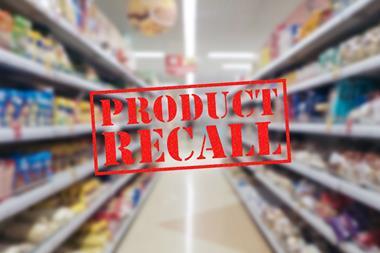Pret A Manger food safety boss Tim Smith has urged for change in the way allergen-related deaths and serious incidents are reported.
Smith, who is chair of Pret’s Food Advisory Panel and was previously chief executive of the Food Standards Agency, was speaking at the MCA Food-to-Go Conference yesterday (6 February).
He revealed there had been a delay of nearly nine months between the death of teenager Natasha Ednan-Laperouse – after she ate a baguette containing sesame, to which she was allergic – and Pret being notified of the incident, a delay branded by Smith as “unacceptable”.
“What is striking here is the gap you can see between the death of Natasha Ednan-Laperouse in July 2016 and Pret being notified of the tragic incident by the coroner in March 2017,” he said.
“This delay is not unusual in incidents of this nature.”
He urged industry and government to work together to improve the reporting procedure, pointing to the rail and air utilities industries as examples where all parties would be notified immediately following a fatal incident.
“The first step is to improve our process of serious incident reporting – perhaps we should have a mandatory registration of allergen-related deaths and serious incidents? PHE (Public Health England) has a notifiable diseases plan, which could easily be extended to include allergens,” he added.
Smith also noted that businesses needed to help customers make the right decisions, with four clear areas in which food information could be improved – pre-packed, loose, barista-prepared drinks and hot food & soups. “It will require a huge amount of work, given the vast menu choices available,” he said.
In December, Pret A Manger rolled out an ingredients labelling pilot, which saw full ingredients information available on all freshly made products. The pilot is now live in a number of Pret’s shops in the capital.
“I know this change has provoked concerns within the industry – but as someone who was involved in the development of the existing regulations, they were never designed to distinguish between the size of the food operator,” Smith said, noting the challenges of such an approach.
“Over time, I believe technology might provide a better solution than printing lots of labels. But right now, this is the most responsible and helpful approach.”



































No comments yet